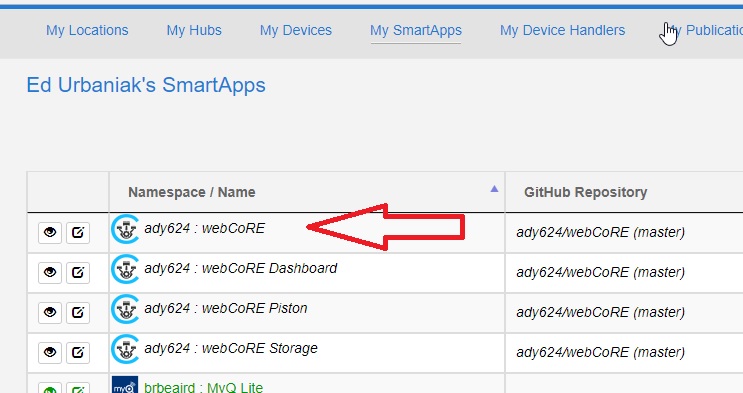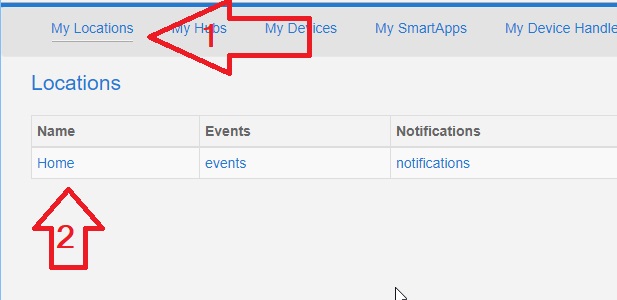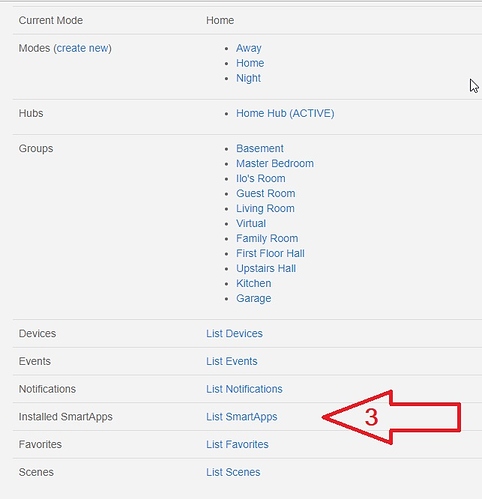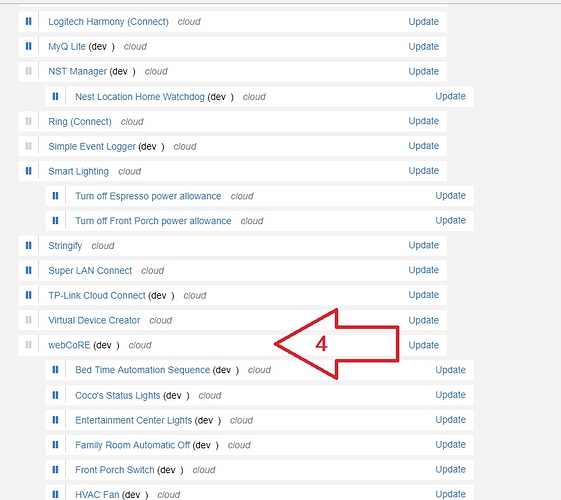I want to take a minute to say how much webcore has really changed how I use Smartthings and has greatly improved my user experience. Like many here I was using CORE before it. I’ve always had a few questions, but they seemed like questions that I should already know and over time just was afraid to ask. I’ve read/skimmed the wiki, ready countlesss posts and have never seen the answers, or at least not enough of an answer. Figure I cannot be the only one using this who has these questions, so I figure I’d throw them out there. 
- I think i generally understand cloud vs local. What is the flow for a piston? By that I mean a door opens at my house, the open close sensor contacts my smartthings hubs, then… That communicates over the interenet to Smartthings servers. This is where I’m not sure. Is WebCore contacted as well? Or does the piston code all get loaded/configured on the Smartthings servers?
- What if webcore servers got turned off tomorrow? Would my existing pistons stop working? This is in the same arena as the 1st question.
- OK, so what gets stored on my hub? Mostly just curious on this. When I have a large piston, does that impact the overall performance of the hub? Same kind of question. What about a large amount of local or global variables? Do these impact other pistons, or even non web core automations?
- Is there a limit or at least a recommendation on how many pistons are ok? Is it better to have multiple small pistons, or less total, but larger pistons?
Again, I just want to say thanks for this community and WebCore. Aprreciate all the help and information here







